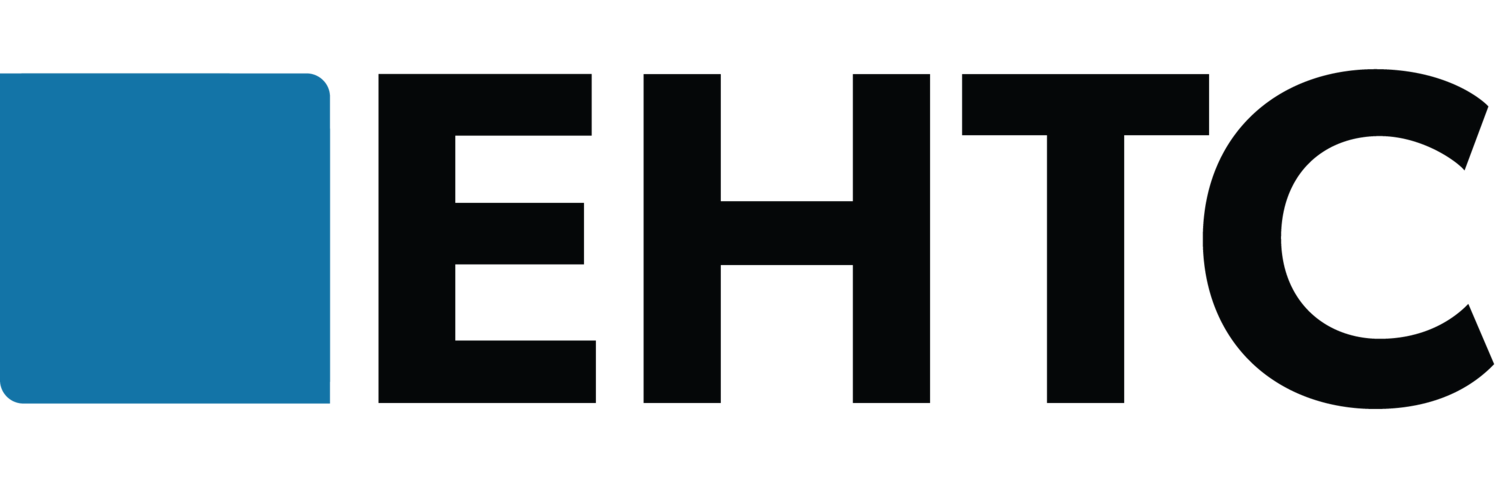Eight Tips for a Smoother Year-End Audit Process
As 2024 comes to a close, business leaders are turning their focus to end-of-year audit preparation. Audits can be an arduous process even for well-prepared organizations, so leaders must not neglect the detailed planning and goal setting needed for success. Where audits are concerned, failing to plan is planning to fail.
This insight explores key points, best practices, and reminders for business leaders beginning their year-end audit preparation.
Create and Maintain a Deliverables Calendar
Collaborating with your auditor or using their portal to create a deliverables calendar, or an audit preparation checklist, can help your team meet deadlines and keep important items from falling through the cracks. Work backwards from the date of issuance, adding any key milestones — such as preparing audit confirmations, providing valuation support for private investments, creating first and second drafts of financial reports, conducting an on-site visit for the audit team, and more. Connect with your auditor around each milestone or specific date to ensure alignment and circulate the finished calendar to both your team and the audit team. Refer back to it regularly and make adjustments if your team is not on track to meet a deadline.
Establish Coverage and Clear Roles
Be sure you have sufficient audit coverage on your in-house team. Use your auditor’s portal to assign roles and responsibilities — rather than doing so ad hoc — and provide clear instructions around responsibility for specific audit items. For example, verify that the CFO and the controller are not performing duplicative work. The precise breakdown of responsibilities will differ based on individual circumstances and team composition, but the goal should be to avoid bottlenecks.
Prioritize Heavy-Lift Items
Auditing certain assets can be more time consuming than others. For instance, illiquid assets, private investments, or level 3 assets can take up significant amounts of time. Focusing on time-intensive items early on in your audit preparation provides your auditor with the opportunity to ask questions and identify any potential challenges ahead of time.
They might ask questions like: Are your valuations prepared and up to date for all investments? Have you prepared calculations to support those valuations, such as revenue or earnings before interest, taxes, depreciation, and amortization (EBITDA) multiples, or a discounted cash flow (DCF) spreadsheet? Have you provided rationale for any assumptions or adjustments made, inputs and discount rates used, or weightings determined between different valuation approaches?
Make the Most of the Interim Period
In the days and months leading up to the end of the financial year, the auditor can perform interim work, such as testing new investments purchased during the year and gathering documents for walk-throughs. Connect with your audit team to determine how you can enable them to make the best use of this time. Consider holding a meeting with your auditor during Q4 to review all investments your fund will hold on December 31. Doing so will give your auditor the opportunity to ask questions as they prepare. Front-loading work where possible can ease the pressure of meeting future deadlines. Delivering approved Q4 fund accounting information to your auditor is the first step in this process, and having a plan in place to close and deliver final books as soon as possible in January will help set the stage for a strong start to the audit.
Examine and Address Past Changes and Challenges
Reflect on what has changed since last year. For instance, has your firm launched new funds or expanded into new investments or asset classes? Set up a call with your auditor to discuss any changes and reassess the biggest problems you faced in your previous year’s audit. How were those issues addressed then, and how do you plan to handle them now? Proactive planning will help avoid bumps in the road and reduce the chances of having to react to new audit matters once the process is underway in Q1 of the next year.
Prepare First Drafts of Financial Statements and Footnotes
Use first drafts as an opportunity to identify and address gaps before the audit process begins. Do you need to add any new accounting pronouncements or disclosures? Is the fund holding any new types of investments or did it have any new transactions that require additional disclosures? Drafting your financial statements in Q4 can help you verify that your auditor will be comfortable with the format and footnotes. It can also reduce your workload in the following Q1.
Work as a Team with Your Auditor
Even though auditors must adhere to strict independence requirements, you should always be working collaboratively, communicating regularly, and coordinating around your shared responsibility for a successful audit. Setting up a regular check-in, such as a weekly meeting, can help with communicating progress updates to the in-house and audit teams and with assessing the standing of your deliverables calendar. Engagement can help make sure nothing slips through the cracks or fails to get addressed.
Preparation Begets Performance
Year-end audits can be daunting, challenging undertakings, especially if your organization is new to the process. But no matter your audit maturity, a proactive and holistic approach to audit preparation can help smooth the process, prevent pitfalls, and set both your in-house team and their audit team counterparts up for success.
Article sourced from BDO Alliance: www.bdo.com


